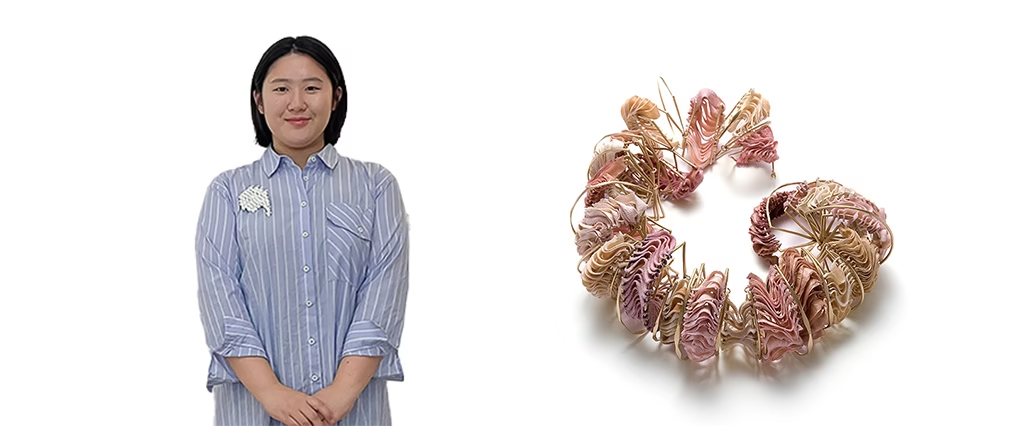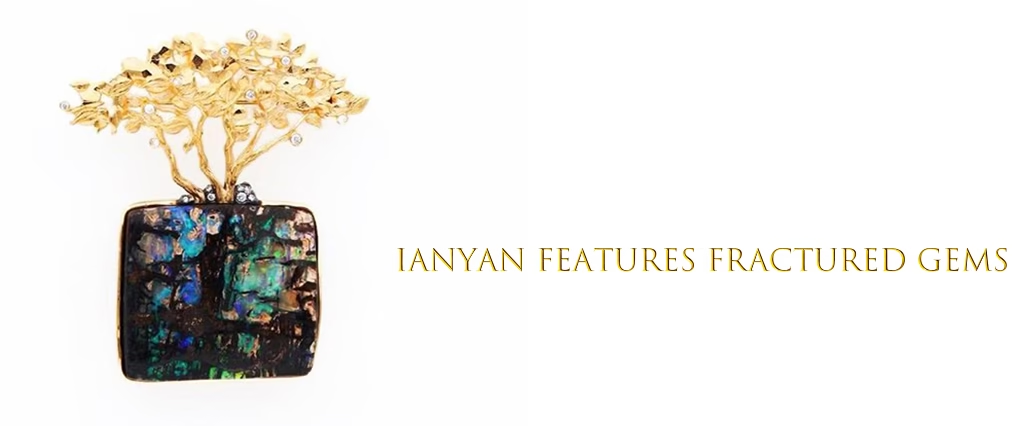Amid the dazzling showcases of JCK Las Vegas, the world’s premier jewelry trade event, a different kind of brilliance took center stage this past Saturday. French luxury powerhouse Kering, the parent company of iconic jewelry houses Boucheron, Pomellato, and Qeelin, unveiled the winners of its first-ever Generation Award for jewelry, shining a spotlight on a new frontier where luxury and sustainability beautifully intersect.
The award was born from a powerful collaboration between Kering, the World Jewellery Confederation (CIBJO), and Italy’s largest technical university, Politecnico di Milano. Together, they issued a bold challenge to university students and emerging startups worldwide: reimagine waste as a resource. Under the inspiring theme “Second Chance, First Choice,” contestants were tasked with creating a stunning piece or an entire collection from discarded materials, proving that what is old can be brilliantly new.
The call for innovation resonated globally, attracting a diverse pool of applicants, including talent from 10 leading universities and academies. After a rigorous selection process, two students and two startups were named as finalists, each representing a unique vision for the future of jewelry.

In the university category, the top honor went to Lee Min Seo, a student from Korea, for a breathtaking collection born from an unexpected source: discarded leather from the jang-gu, a traditional Korean percussion instrument. Her work transforms fragments of history and sound—materials that once resonated with the vibrant rhythms of Korean music—into elegant, wearable art.
In the startup category, Chinese brand Ianyan captured the jury’s imagination with its philosophy of celebrating imperfection. The brand won for its exquisite jewelry crafted from shattered opals and gems once deemed flawed. By breathing new life into the forgotten and the fractured, Ianyan challenges the very definition of preciousness.
The day before the ceremony, Marie-Claire Daveu, Kering’s Chief Sustainability and Institutional Affairs Officer, detailed the holistic criteria for the award, which Kering first introduced for fashion and textiles in 2018.
“Entrants have to demonstrate that they’re able to reduce the environmental footprint with what they are proposing—that’s the first thing,” Daveu explained. “Second, their collection has to be something that we can make at scale. On the economic side, it must be viable. And finally, we look for creativity, because we are in luxury, and creativity is, of course, very important.”
The task of selecting the winners fell to a prestigious jury, a veritable who’s who of the luxury and sustainability worlds. The panel was led by François-Henri Pinault, Chairman and CEO of Kering, and included the CEOs of Boucheron, Pomellato, and Qeelin—Hélène Poulit-Duquesne, Sabina Belli, and Christophe Artaux, respectively. They were joined by leaders from CIBJO, the Watch & Jewellery Initiative 2030, and other key industry bodies, ensuring a comprehensive evaluation of each project’s merit.
Daveu emphasized that the Generation Awards were conceived from a critical realization: meeting Kering’s ambitious sustainability targets requires more than just incremental change.
“If you put at scale all the best practices, such as replacing conventional agriculture with regenerative agriculture, it won’t be enough to reach our target,” Daveu stated. “That’s where we need innovations. But we need not only incremental innovations, we need disruptive innovations.”
Choosing Las Vegas as the platform for the announcement was a strategic decision. “It’s one of the major affairs for jewelry, where you have so many people,” Daveu said. “We wanted to use this platform to raise awareness about the sustainability challenges in our industry.”
She highlighted traceability as a cornerstone of this new paradigm. “You need to know where your raw materials are coming from, not only for jewelry but also for fashion. But you have some sectors where it remains quite challenging, like colored gemstones. That’s why I like being here,” she concluded. “It’s the fact that we want to engage the entire ecosystem.”



